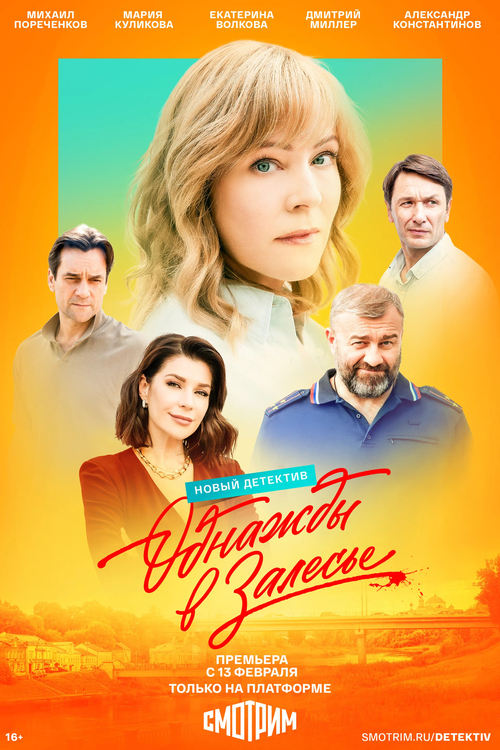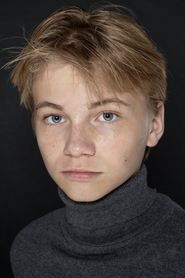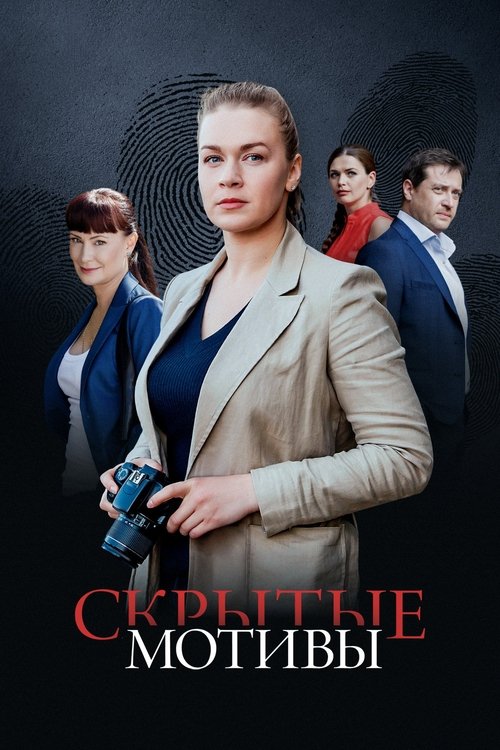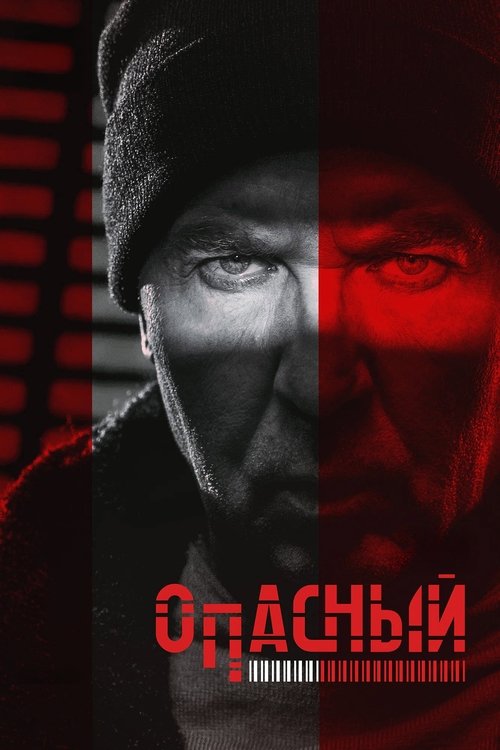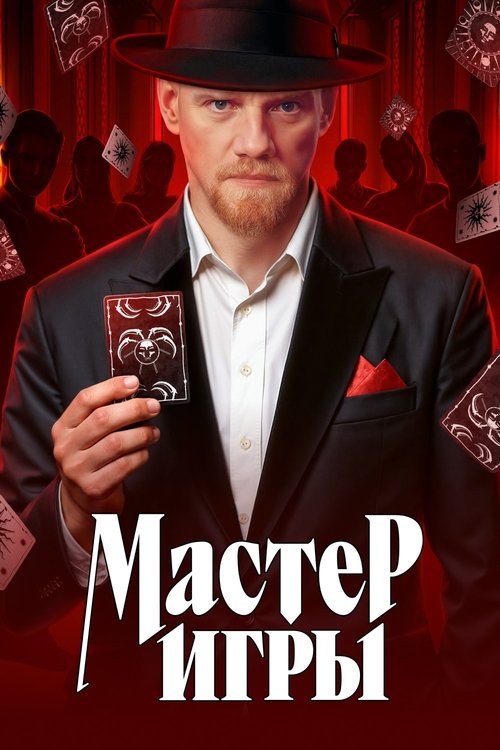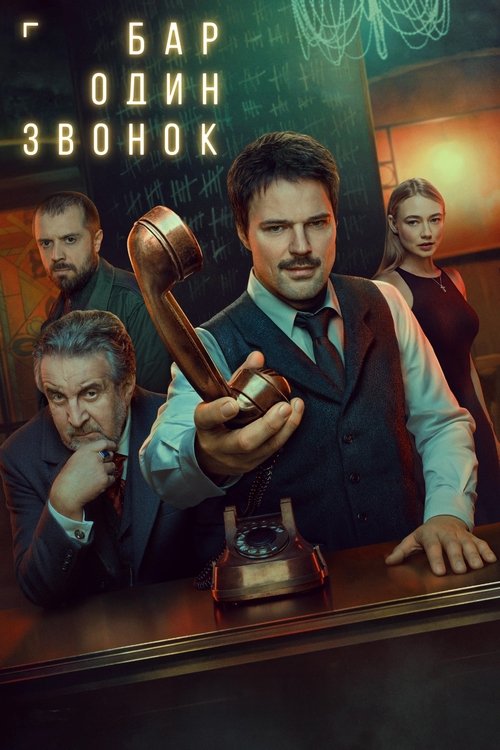
Ask Your Own Question
What is the plot?
The story of "Odnazhdy v Zalese" begins with Police Major Vasilisa Zhuravlyova living and working in a small, quiet town where serious crimes are rare. Vasilisa is familiar with all the local lawbreakers and leads a routine life. However, this calm is shattered when a murder occurs, disrupting the peace and setting off a chain of events that will deeply affect the town and Vasilisa's personal life.
The murder case immediately draws Vasilisa into a complex investigation. As she begins to gather evidence and interview townspeople, she uncovers hidden secrets from the past that many wanted to remain buried. The investigation reveals connections between the victim and several prominent locals, exposing long-standing tensions and concealed relationships. Vasilisa's probing stirs unrest in the community, as old wounds and rivalries resurface.
Throughout the investigation, Vasilisa faces difficult decisions. She discovers that the truth behind the murder implicates people close to her, including members of her own family and friends. This revelation forces her to weigh the consequences of exposing the full truth against preserving the fragile peace in the town and protecting her loved ones. The tension between her duty as a police officer and her loyalty to her family becomes a central conflict.
As the investigation progresses, Vasilisa methodically pieces together the timeline of the murder. She carefully reconstructs the victim's last movements, interrogates suspects, and follows leads that take her deeper into the town's dark history. Each step reveals new motives and hidden alliances, complicating the case further. Vasilisa's persistence leads to confrontations with suspects who attempt to mislead or intimidate her, but she remains resolute in uncovering the facts.
In a pivotal sequence, Vasilisa confronts a key suspect in a tense face-to-face encounter. The suspect initially denies involvement but cracks under pressure as Vasilisa presents irrefutable evidence. This confrontation escalates into a physical struggle, with Vasilisa narrowly escaping harm. The suspect's confession provides crucial information that shifts the direction of the investigation and exposes a larger conspiracy behind the murder.
Following the confession, Vasilisa uncovers that the murder was not an isolated incident but part of a series of cover-ups involving influential town figures. She gathers proof of corruption and collusion that implicate several respected individuals. This discovery raises the stakes, as Vasilisa realizes that bringing the truth to light could destabilize the entire community and endanger her own safety.
In the final episodes, Vasilisa faces the ultimate choice: to reveal the full extent of the truth, risking chaos and personal loss, or to conceal parts of the investigation to maintain peace and protect her family. After intense internal struggle, she decides to prioritize the town's stability and her loved ones, opting for a partial disclosure that holds the main perpetrators accountable while shielding sensitive details. This decision brings a bittersweet resolution to the case, with justice served but at a personal cost to Vasilisa.
The series closes with Vasilisa reflecting on the impact of the investigation on her life and the town. Though the murder case is officially closed, the scars it left remain, and Vasilisa contemplates the ongoing challenges of balancing her role as a law enforcer with the complexities of human relationships in a small community.
What is the ending?
The ending of the 2025 TV series Odnazhdy v Zalese concludes with Police Major Vasilisa Zhuravlyova confronting the truth behind a murder that has shaken her small town. She faces a critical choice between revealing the dark secrets uncovered, which would disrupt the fragile peace and her family life, or keeping the truth hidden to preserve stability. Ultimately, Vasilisa chooses to protect her community's peace, accepting the personal and moral consequences of that decision.
Expanding on the ending scene by scene:
The final episode opens with Vasilisa Zhuravlyova deeply immersed in the investigation of the murder that has upended the town's quiet existence. The atmosphere is tense, with the townspeople anxious and divided as suspicions rise. Vasilisa revisits key locations--crime scenes, the victim's home, and places tied to the suspects--carefully piecing together the timeline and motives.
As the investigation progresses, Vasilisa uncovers a web of hidden relationships and long-buried secrets involving several prominent townsfolk, including some she personally knows well. The revelations expose betrayals, past crimes, and cover-ups that have been quietly tolerated to maintain the town's outward calm.
In a pivotal scene, Vasilisa confronts the main suspect, whose confession confirms the complexity of the crime and implicates others in the town's elite. This moment is charged with emotional intensity, as Vasilisa grapples with the implications of exposing these truths.
The narrative then shifts to Vasilisa's internal conflict. She is shown in quiet, reflective moments at home, wrestling with the potential fallout of her decision. Her family and close friends are depicted, highlighting the personal stakes involved.
In the climax, Vasilisa calls a town meeting, where she must decide whether to disclose the full truth. After a tense silence, she chooses to withhold the most damaging details, prioritizing the town's fragile peace and the well-being of her family over complete transparency.
The series closes with Vasilisa resuming her duties as police major, now carrying the burden of the secret. The final scenes show the town returning to a semblance of normalcy, but with an undercurrent of unresolved tension. Vasilisa's fate is one of quiet sacrifice--she remains a guardian of peace, but at the cost of personal and professional integrity.
Other main characters involved in the ending:
- The main suspect, who confesses but is protected from full public exposure.
- Vasilisa's family, who remain unaware of the full truth but are central to her decision.
- Key townspeople implicated in the cover-up, who continue their lives under the veil of secrecy.
This detailed ending highlights the series' exploration of moral ambiguity, the cost of peace, and the complex interplay between personal loyalty and public duty.
Is there a post-credit scene?
The TV show "Odnazhdy v Zalese" (2025) does not have any publicly documented post-credit scene. None of the available sources, including IMDb listings and plot summaries, mention or describe a post-credit scene for this series.
If a post-credit scene exists, it has not been noted in official credits, reviews, or fan discussions as of now.
Who is the main suspect in the murder case that disrupts the town in Odnazhdy v Zalese?
The main suspect in the murder case is Zakhar, played by Dmitriy Miller. Early in the series, Zakhar becomes the focus of Vasilisa Zhuravlyova's investigation due to his suspicious behavior and his connection to the victim, which leads to mounting tension in the town and forces Vasilisa to confront her own assumptions about the people she thought she knew.
What is the nature of Vasilisa Zhuravlyova's relationship with Sergey?
Vasilisa Zhuravlyova and Sergey, portrayed by Mikhail Porechenkov, share a complex relationship rooted in their shared past. Sergey is a former colleague and a figure from Vasilisa's earlier career, and their interactions are marked by lingering tension, unresolved feelings, and mutual respect. As the murder investigation unfolds, their dynamic shifts, revealing layers of trust, rivalry, and emotional vulnerability.
What secret from the past does Arina reveal during the investigation?
Arina, played by Ekaterina Volkova, reveals that she was involved in a long-buried incident from her youth that connects her to the victim and to several other townspeople. This secret, which involves a hidden betrayal and a cover-up, dramatically alters the course of the investigation and forces Arina to confront her guilt and the consequences of her actions.
How does Rykov's role evolve as the murder investigation progresses?
Rykov, portrayed by Aleksandr Konstantinov, initially appears as a quiet, unassuming figure in the town, but as the investigation deepens, it becomes clear that he holds crucial information about the victim and the events leading up to the murder. His role evolves from a peripheral observer to a key player, as his own past connections and motivations are gradually exposed, complicating Vasilisa's efforts to uncover the truth.
What is the significance of the victim's connection to Vasilisa Zhuravlyova?
The victim turns out to have a direct connection to Vasilisa Zhuravlyova's past, specifically to an unresolved case from her early days as a police officer. This personal link intensifies Vasilisa's emotional investment in the investigation and forces her to confront painful memories and professional regrets, ultimately shaping her decisions and actions throughout the series.
Is this family friendly?
The TV show Odnazhdy v Zalese (2025) is a drama-mystery series centered on a police major investigating a murder in a small town. It is not specifically designed as family-friendly content and contains themes that may be upsetting or inappropriate for children or sensitive viewers.
Potentially objectionable or upsetting aspects include:
- Murder and crime investigation: The central plot revolves around a murder, which involves scenes of crime, investigation, and the emotional impact on the community.
- Dark secrets and moral dilemmas: The story reveals hidden past secrets and forces the protagonist to face difficult ethical choices, which may involve emotional tension and distress.
- Dramatic and suspenseful moments: As a mystery drama, it likely contains suspense, tension, and possibly some intense or disturbing scenes related to the crime and its consequences.
There is no indication of explicit content such as graphic violence or strong language in the available summaries, but the mature themes of murder, betrayal, and moral conflict suggest it is more suitable for older teens and adults rather than young children or very sensitive viewers.

